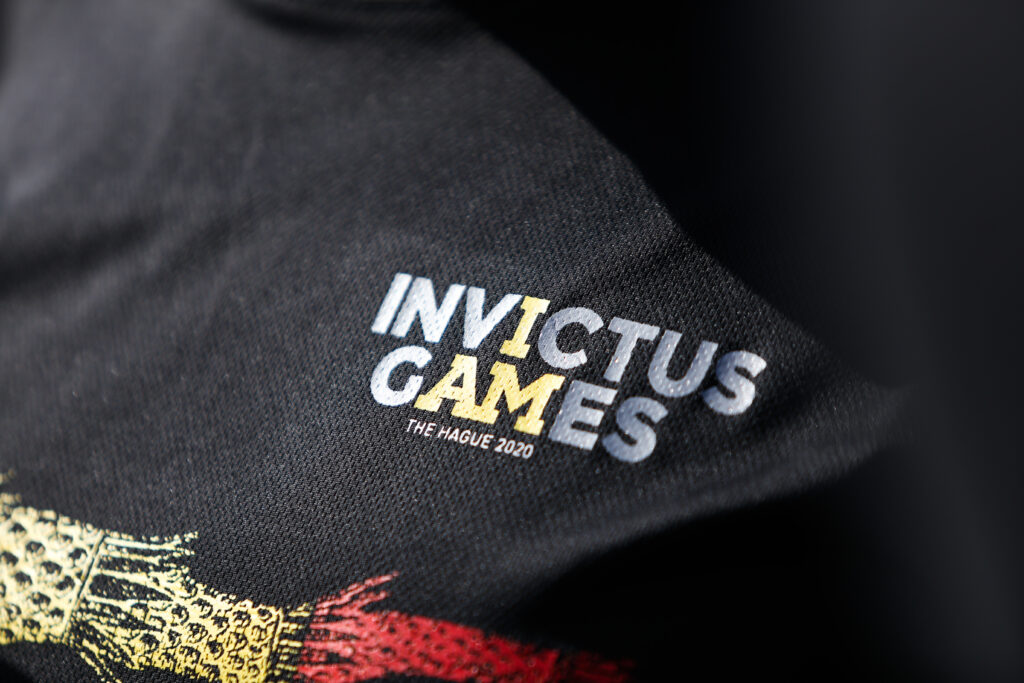Achieving accessibility
People with disabilities face more than 200 barriers to physical activity participation. As a result, children, youth and adults with disabilities are up to 62% less likely to meet the World Health Organizations physical activity guidelines than the general population. While the Paralympic Games have the potential to inspire sport participation, serious action and investments…
Children and youth with intellectual disabilities
Program providers don’t always have the knowledge and resources to meet the needs of children with intellectual disabilities. For this reason, researchers from the Canadian Disability Participation Project partnered with Special Olympics Canada to develop A Blueprint for Building Quality Participation in Sport for Children and Youth with Intellectual Disabilities. The Blueprint offers 30 strategies to…
Athlete development in Para sport
Athlete development pathways in Para sport can be varied and complex, research shows. Different classification systems, disability-specific characteristics, and individual athletes’ histories can all impact development pathways. Researchers conclude that Para sport needs its own development models that account for the complexity of Para athlete experiences.
Project Echo
Project Echo is an online platform dedicated to listening to the lived experiences of persons with disabilities in sport and physical activity. Through online discussions with the Para sport community and key stakeholders, researchers hope to identify opportunities for user-informed decision-making related to programming, services, language, and infrastructure that support persons with disabilities in the…
Equitable hiring practices
The Paralympic Games have put a global spotlight on the disability community. In the workplace, building welcoming and inclusive spaces starts by hiring people with disabilities. In fact, new research suggests that employees with disabilities tend to have higher performance ratings and lower turnover rates, helping companies and organizations thrive.
Building quality sport participation
For children with intellectual and developmental disabilities, quality participation is built from six building blocks: autonomy, belongingness, challenge, engagement, mastery, and meaning. Sport and recreation programs that actively support these building blocks create satisfying, enjoyable and meaningful experiences for their participants, which, in turn, supports lasting participation.
International Day of People with Disabilities
Findings from the COVID-19 Disability Survey showed the needs of over 50% of respondents weren’t being met in areas such as food, housing, emotional counselling, transportation and more. As the world continues to reopen, it’s critical that that the voices and lived experiences of persons with disabilities inform decision-making processes.
We are family: How sport programming can support military families after illness and injury

“I think the whole notion is that it’s the family that serves and it’s the family that heals together through something like this. Nobody does it alone. So I think it’s recognizing the whole family and how they’ve had to work together to get to this point or to heal.” Invictus Games family member Remembrance…
Post-pandemic opportunities
For persons with disabilities, a ‘return to business as usual’ in the sport and physical activity sector post-pandemic isn’t ideal. Instead, members of this community are encouraging sport facilities to use this opportunity to address ongoing accessibility issues. For example, facilities should consider features such as wider doorways or more space between equipment in a…
Employment and physical activity
People with physical disabilities have a higher likelihood of employment when they participate in sport and exercise. Physically active employees consistently demonstrate improved health and work-related outcomes, including occupational performance and psychological wellbeing. This highlights the importance of physical activity in elevating qualities that stretch beyond physical fitness.